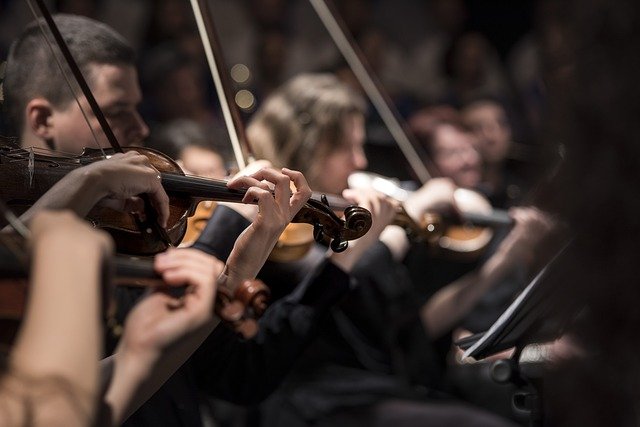Cryotherapy: The Cold Revolution in Beauty and Fitness
In a world constantly seeking innovative ways to enhance beauty and fitness, cryotherapy has emerged as a groundbreaking technique that's taking the wellness industry by storm. This cutting-edge treatment, which involves exposing the body to extremely low temperatures for short periods, promises a myriad of benefits ranging from pain relief to enhanced athletic performance. As more celebrities and athletes tout its advantages, cryotherapy has rapidly evolved from a niche practice to a mainstream wellness trend. But what exactly is cryotherapy, and how does it work? This article delves into the science behind the cold, exploring its applications in beauty and fitness, and examining why it's become the hottest trend in staying cool.

Initially confined to medical treatments, cryotherapy’s popularity in the beauty and fitness world began to surge in the early 2000s. European athletes started using cryotherapy chambers to aid recovery and enhance performance, and soon, the practice spread to the United States and beyond. Today, cryotherapy has evolved into a multi-faceted treatment, offered in specialized clinics, high-end spas, and even some gyms.
The Science of Cold Shock
At the heart of cryotherapy’s effectiveness is the body’s response to extreme cold. When exposed to temperatures as low as -200°F (-128°C) for a short duration, typically 2-4 minutes, the body enters a state of “cold shock.” This triggers a cascade of physiological responses designed to protect vital organs and maintain core body temperature.
Blood vessels near the skin’s surface constrict, redirecting blood flow to the body’s core. This process, known as vasoconstriction, is followed by rapid vasodilation upon exiting the cold environment. This sudden rush of blood back to the extremities is thought to flush out toxins and inflammatory molecules, potentially reducing muscle soreness and joint pain.
Furthermore, the cold shock prompts the release of endorphins, norepinephrine, and other hormones that can boost mood, increase alertness, and even accelerate metabolism. Some studies suggest that repeated cryotherapy sessions can lead to long-term adaptations in the body’s stress response systems, potentially improving overall resilience and well-being.
Beauty Benefits: More Than Skin Deep
In the realm of beauty, cryotherapy has gained traction for its potential to enhance skin health and appearance. The extreme cold is believed to stimulate collagen production, the protein responsible for skin’s elasticity and youthful appearance. This boost in collagen could lead to firmer, more toned skin and may help reduce the appearance of fine lines and wrinkles.
Cryotherapy’s anti-inflammatory effects also make it a promising treatment for various skin conditions. Some dermatologists use localized cryotherapy to treat acne, psoriasis, and eczema. The cold can help reduce redness, swelling, and itching associated with these conditions, providing relief and potentially speeding up healing processes.
Moreover, the vasoconstriction induced by cryotherapy can temporarily tighten pores and give the skin a more radiant appearance. Some beauty enthusiasts report a post-cryotherapy “glow” that lasts for hours or even days after treatment. While more research is needed to fully understand these effects, many high-end spas now offer cryofacials as a non-invasive alternative to traditional anti-aging treatments.
Fitness and Recovery: Chilling for Peak Performance
In the fitness world, cryotherapy has become a go-to recovery method for athletes of all levels. The treatment’s ability to reduce inflammation and muscle soreness makes it particularly appealing for those engaged in high-intensity training or endurance sports.
Studies have shown that cryotherapy can significantly decrease levels of creatine kinase, an enzyme associated with muscle damage, in the bloodstream after intense exercise. This suggests that the treatment may help speed up recovery times and potentially allow for more frequent or intense training sessions.
Beyond recovery, some athletes use cryotherapy as a pre-workout boost. The rush of endorphins and increased alertness following a session can serve as a natural performance enhancer. Additionally, the cold exposure may help improve the body’s ability to regulate temperature during exercise, potentially enhancing endurance in hot conditions.
Weight Management and Metabolic Effects
One of the most intriguing aspects of cryotherapy in the fitness realm is its potential impact on metabolism and weight management. Exposure to extreme cold forces the body to work harder to maintain its core temperature, a process that burns calories. Some proponents claim that a single cryotherapy session can burn hundreds of calories, though these figures are often disputed by researchers.
More convincingly, studies have shown that regular cold exposure can increase the activity of brown adipose tissue (BAT), also known as “brown fat.” Unlike white fat, which stores energy, brown fat burns calories to generate heat. Increased BAT activity could potentially lead to improved metabolism and easier weight management over time.
The Future of Cryotherapy
As cryotherapy continues to gain popularity, researchers are exploring new applications and refining existing protocols. Some areas of ongoing investigation include:
-
Targeted cryotherapy for specific injuries or conditions
-
Combination therapies that pair cryotherapy with other treatments for enhanced effects
-
Personalized cryotherapy protocols based on individual physiology and goals
-
Development of at-home cryotherapy devices for more accessible treatments
While the current body of research on cryotherapy is promising, many experts caution that more long-term studies are needed to fully understand its effects and potential risks. As with any emerging treatment, it’s crucial for individuals to consult with healthcare professionals before incorporating cryotherapy into their beauty or fitness routines.
In conclusion, cryotherapy represents a fascinating intersection of ancient wisdom and cutting-edge technology in the pursuit of beauty and fitness. As research continues to unravel the complexities of the body’s response to extreme cold, cryotherapy may well become a cornerstone of holistic wellness practices. Whether you’re an athlete looking to optimize recovery, a beauty enthusiast seeking a natural glow, or simply curious about innovative health trends, cryotherapy offers a uniquely chilling path to potential transformation.





